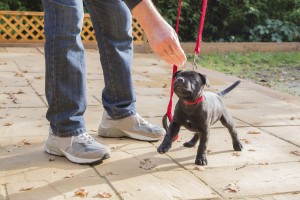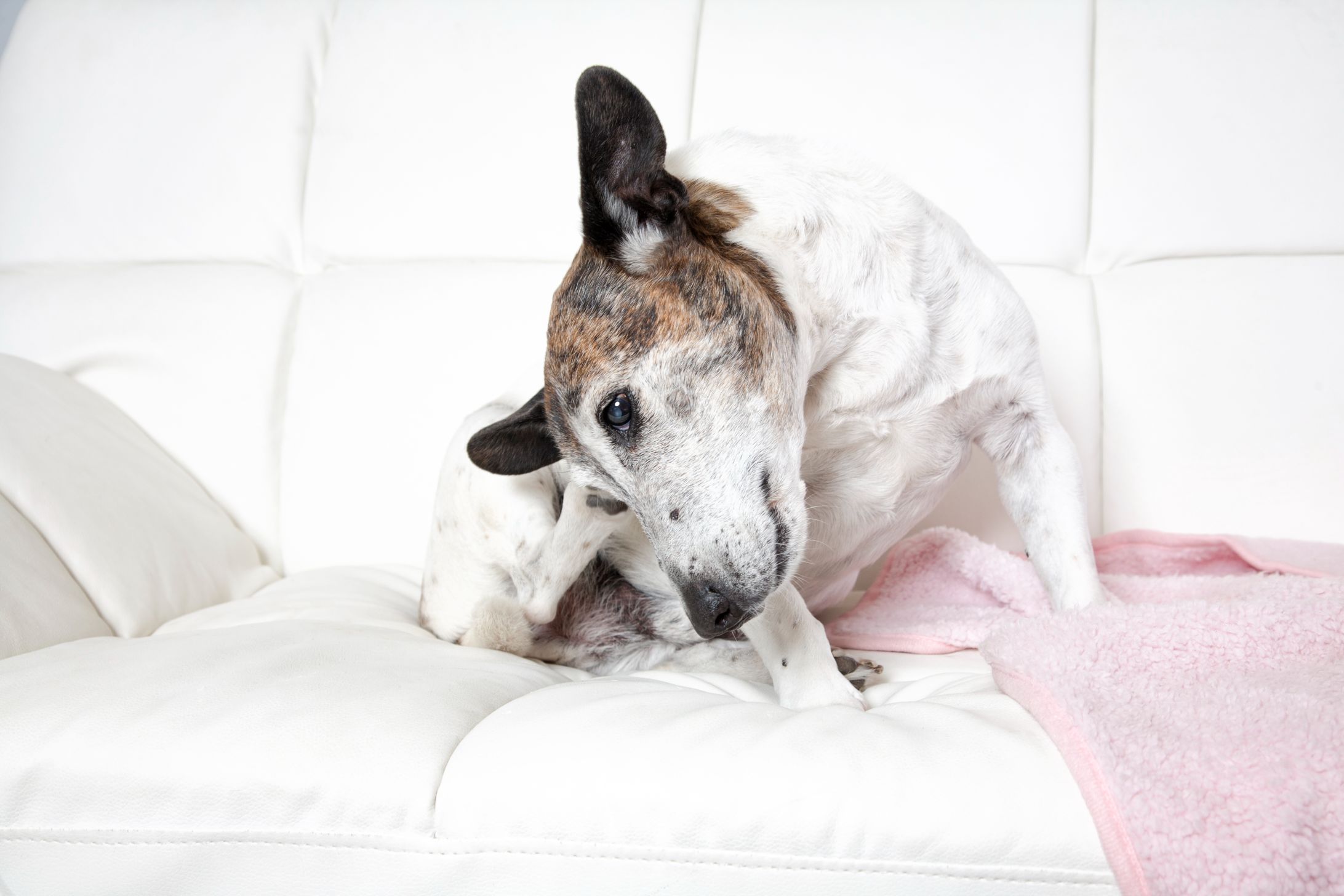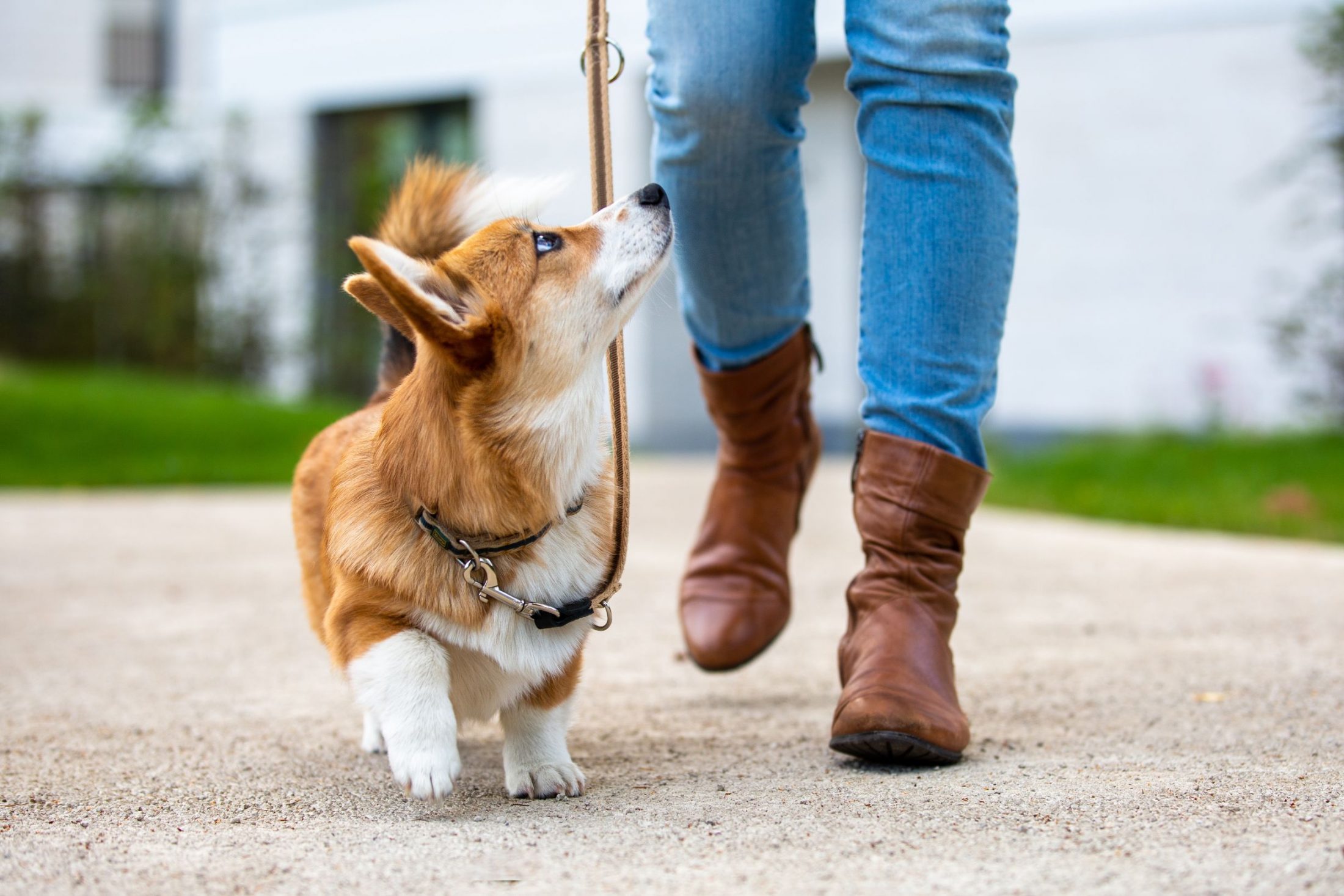 Understanding an untrained dog’s behaviour requires some extensive deductive reasoning. Although your dog might jump on visitors or mangle your bathmat, he or she truly does want to please you. That’s why training your pet is so important. This is the best way to achieve better behavior, strengthen the bond with your pet, and make your home a more enjoyable place to live.
Understanding an untrained dog’s behaviour requires some extensive deductive reasoning. Although your dog might jump on visitors or mangle your bathmat, he or she truly does want to please you. That’s why training your pet is so important. This is the best way to achieve better behavior, strengthen the bond with your pet, and make your home a more enjoyable place to live.
“A” for Approval
Establishing your role as the alpha, or pack leader, is paramount to successful behavioural training. Stepping up your status will naturally allow for more trust, confidence, loyalty, and love. By making rules clear and enforcing them, you provide your pet with a framework of expectations, making it easier for him or her to gain your approval.
The benefits of training your pet include the following:
- Reduces aggression, accidents, and unwanted patterns like chewing, digging, and jumping
- Encourages social interaction with other pets and people
- Reinforces confidence, encouragement, and reassurance
- Cements a sense of place within your family (i.e., your pet’s “pack”)
- Improves relationships with you and everyone else around your pet
When Does Good Behaviour Begin?
Whether you want to ensure safety and good habits in public or at home, obedience training and socialization is key. Although your companion can learn new “tricks” as an adult or senior pet, it’s best to begin the process as soon as possible. Our team can help address any problematic behaviours that may inhibit progress, such as fear, anxiety, or aggression.
Negative habits can develop at any age, but if you start training your pet between 8-12 weeks old, he or she is likely to be more confident and better equipped to handle other people and pets.
Summeridge Animal Clinic does not recommend scolding or punishing your pet; remember, he or she is still learning the right ways to behave!
Training Your Pet Beyond the Basics
Your initial foray into pet training may easily lead to more advanced levels, such as agility training. Good for you and your pet! However, before you branch out, your pet should understand and respond to the following commands:
- Sit
- Stay
- Heel
- Drop it
- Come
While these commands can help your pet be a more likable companion, they can also prevent accidents and injury.
Positive Pet Training
You and your pet deserve to be happy. Once he or she understands how to please you, both of you can relax and enjoy life together. For more information on training your pet, please don’t hesitate to contact us.



